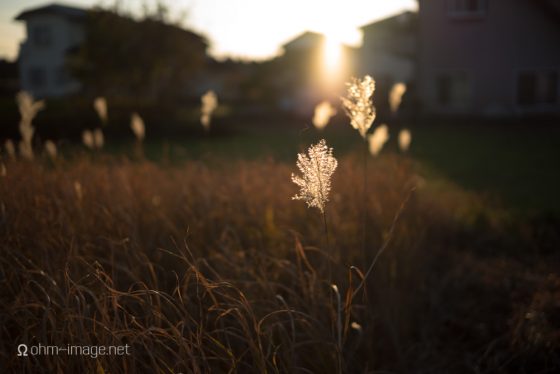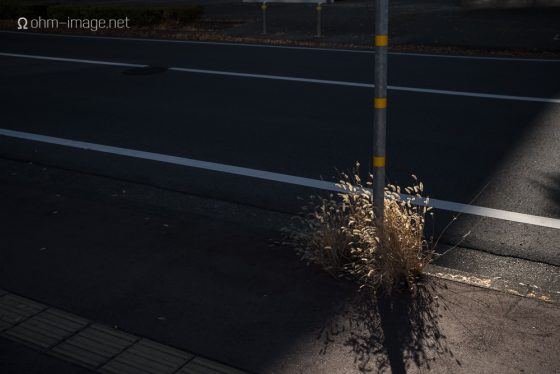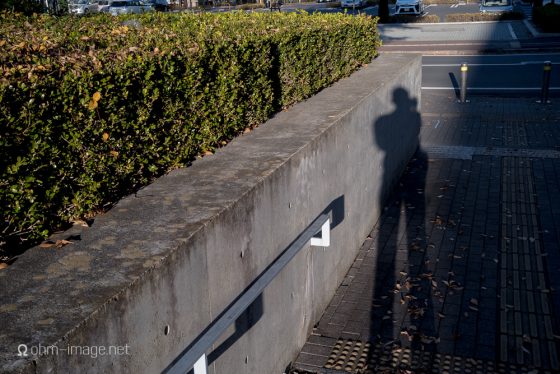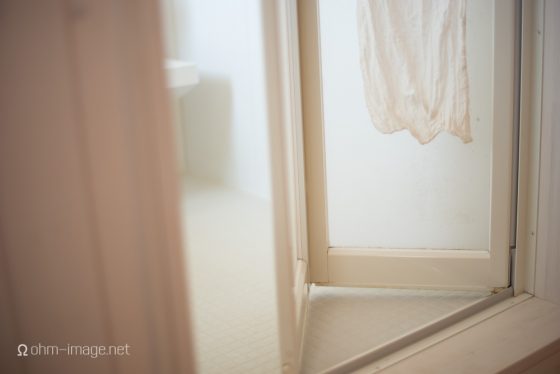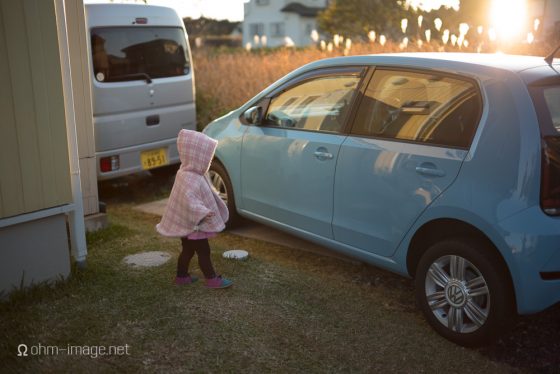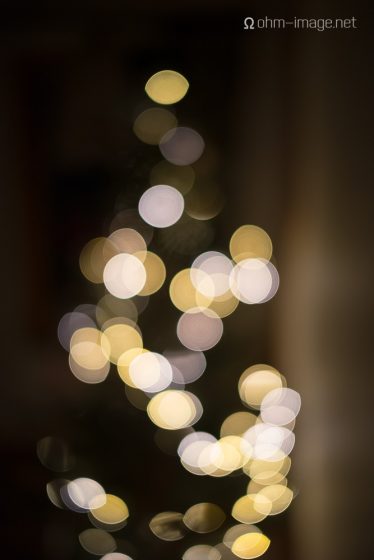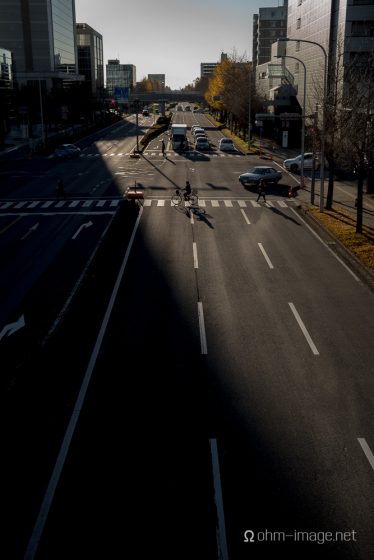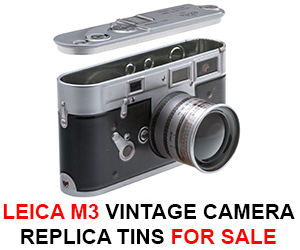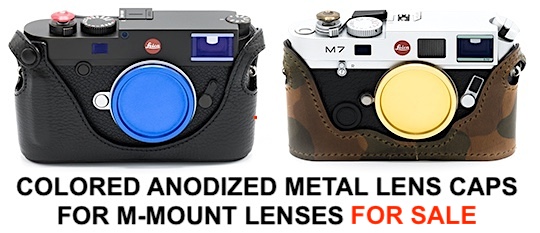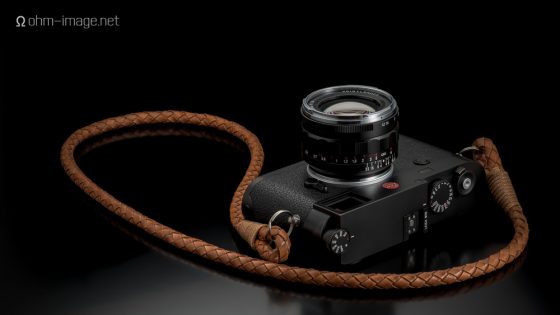
This Voigtlander Nokton 40mm f/1.2 Aspherical lens ($899) review is from Ohm Image (additional coverage on that lens can be found here):
The below article contains the bulk of my commentary on Voigtlander’s latest, the Nokton 40mm F/1,2 ASPH for Leica M. The original article along with more photos of the lens, examples, and what amounts to a personal rant, can be found here: ohmage to the Voigtlander Nokton 40mm F/1,2 Aspherical.
Relevant links:
- Speedy 35s from Fujifilm, Canon, and Leica
- ohmage to the LTM (M39) Canon 35/2
- A tale of two bokehs: Zeiss Biogon 2/35 ZM and Canon 35/2 LTM
- Sharpness epiphany: 50mm 3rd-gen Summicron-M
Previous articles I’ve published on Leica Rumors:
Three different Leica magnifiers compared (MGR Production Bresson vs. Leica vs. MS Optical)
Three different Leica magnifiers compared (MGR Production Bresson vs. Leica vs. MS Optical)
I wasn’t a 40mm guy on 26 November when my VM 40mm/F1,2 copy came in. After capturing about a thousand images of my daughter, a few of my wife, and about a dozen bokeh frames of our beloved IKEA Christmas tree, I’m ready to say that I’m still not a 40mm guy- at least not on a Leica M.
Not shooting
It’s not a focus issue. I can focus a 50mm F/1,4 wide open no problems, and as far as I can figure, 40mm at F/1,2 works similar depth of focus to a 50mm F/1,5. And it’s not necessarily a bulk issue. The Summicron 90 is larger. So is the Voigtlander Nokton 50. It is partly the looks. Rangefinder lenses need to look like rangefinder lenses. It’s why Fujifilm’s XF 35/1,4, an obvious SLR look-alike, looks awful on the X-Pro. I’m unabashed to say that Voigtlander’s latest 40mm is ugly.
The focus ring twists smoothly down to its closest focus of 0,5m, or 20cm beyond the M’s rangefinder coupling. The M’s coupling arm nudges the focus cam softly at about 0,6m, and couples for focus at 0,7m. Every Voigtlander VM lens I’ve used returns laser-accurate focus at its indicated distance. Even at minimum focus close, nailing soft-detailed subjects such as pebbly baby toes is easy as pie. Smooth as it twists, focus is weighty, as is the lens. Weighty but perfectly lubed, and completely free of play. Small adjustments slide rather than jerk into place along the ring’s full travel of ~160º.
I rely on framelines. The Nokton 1,2 brings up 50 and 75 lines, and shoots well outside the former. Notice that I didn’t say that I relied on accurate framelines. I’m less a fool than I evince. No rangefinder frameline can be relied on 100% of the time. But I rely on a gentle inaccuracy that doesn’t leave room for too much guess work. And the M10 lacks a 40mm frameline and doesn’t bring up the 35mm.

Coincidentally, EF-mount Zeiss Milvus and classic lenses look killer on the SL. I mean, check this out. Damn.
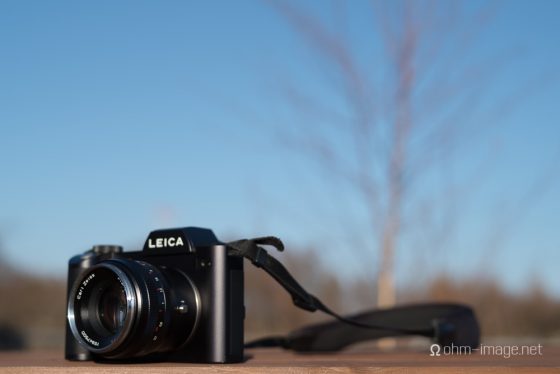
Shooting
Before I unmask some uglies, let’s wag on about what this lens nails. Even at F/1,2 it is centrally sharp, contrasty, and depending on where in the frame and what sort of genesis, out-of-focus (OOF) elements blend smoothly, with softly gradated edges, and generally attractive fall off. Typically wide-open frames focused within 3 meters show nervous-ish OOF details to the sides and corners very like classic Canon 35mm LTM favourites like the 35/2 and 35/1,5. As the Canon 35/2 LTM is my all-time favourite 35mm, this is a personal and discriminating triumph. Sparsely populated backgrounds aren’t as busy as the Canon, which is great when closing in on fall colours. But the Canon’s viney bokeh was really what pulled me in. Naturally, my taste for OOF structure rather than soft blur is idiosyncratic. Move back a bit, however, and inverted triangles spring to life. If you like that sort of thing, great. I’m torn.
Nokton tones are earthy, and warm, trending brown and red when enticed. This I dig. And again, I dug this in my Canon LTMs, too. My favourite Leica is the Summilux-M 50 pre ASPH, whose tones are bluer and cooler.
Oh, by the way, it creates great sunstars even when pointed at the sun rather than just miniaturised versions of it in reflections from car hoods.
Generous and characteristic shading wide open goes well with the earthy tones and minorly busy bokeh. To a point, the Nokton is a classic-ish lens. Wide open sharpness is shocking, though not as bitingly so as the Nokton 35mm F/1,7. Both create brilliantly clear sun stars, and, while the 40mm flares more, flare is soft-edged, and as flare goes, nondistracting.
I’m ambivalent about aspherical lenses. I like their contrast and size advantages, but I dislike what they do to point lights in out-of-focus scenes such as the below Christmas tree. I grew up in a part of the north where only onions grow. I love onions- on my plate. I don’t like them in my bokeh.
Overall, I like the 40mm F/1,2, but I don’t love it. It really pops in the centre, and to a degree that certain other lenses do not. It’s got a bit of the classic magic that made the Canon 35/1,5 a classic, but it does so with modern optics. It’s a good lens. Whether or not you like its draw is up to you.
End words
Voigtlander’s latest handles well, looks okay, is sharp, and passes a lot of light to your M or other camera. Its smooth focus and clicky, cleanly frictioned, and coupled aperture blades starkly contrast the plastic-feeling options from Fujifilm, and poppy classics from Nikon. Leica’s Summilux-M 50mm ASPH is damped better but here and there plays. Nicer-handling lenses are found few and far between.
But nicer drawing lenses are plentiful. Perhaps I’m too much sour grapes about the Nokton’s onion rings. Personally they’re big road blocks on the otherwise smooth road of enjoyment. If you’re not put off by them and mildly classic if energetic draw style, the Nokton 40mm F/1,2
If you have an interesting idea for a guest post, you can contact me here
Like: Voigtlander Facebook Page | Join: Voigtlander Facebook Group


